Posted by Zosi Team
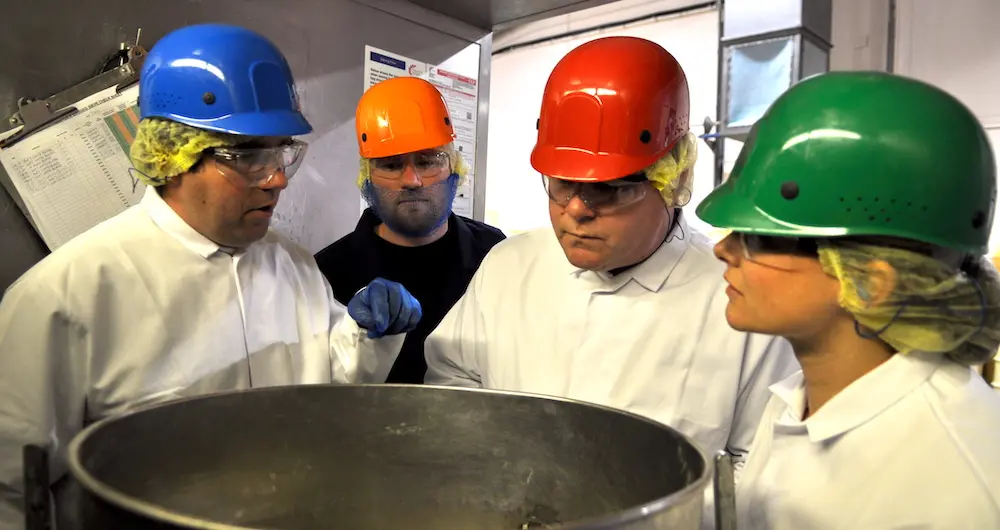
Safety culture, more specifically food safety culture, has been a focus more and more in the workplace as a key factor in providing the best possible product for your consumers.
According to the Global Food Safety Initiative, GFSI, “a company’s food safety culture is the shared values, norms, and beliefs that affect mindsets and behaviors toward food safety in, across, and throughout the company”.
As with any process, safety culture involves several stages. GFSI expects that full internalization of these concepts could take up to eight years depending on the size of the facility. Thus, developing a positive food safety culture is an ongoing, evolving process.

For a better understanding of the steps involved in safety culture, Cultivate Food Safety worked with GFSI and companies across a variety of industries to divide it into five dimensions for a full picture.
1) Food Safety Culture: Vision & Mission
What message is leadership consistently sharing with employees in the organization?
Vision & Mission really amounts to the fact that positive practices start at the top and work their way down. Managers and others in leadership positions can affect a positive culture by setting expectations and priorities for food safety in the business strategy. Additionally, you can emphasize its importance by dedicating resources to help the cause.
2) People
What is the reward or recognition for exhibiting positive food safety culture attributes?
Where ‘Vision & Mission’ focuses on the top of your organization, ‘People’ focuses on the people behind the product. What management does to motivate those who implement daily processes can have an impact on how engrained food safety culture is within the organization.
- Offer training to let employees know what to do.
- Give incentives, rewards, or recognition for people who show these traits.
- Establish an infrastructure of people at all levels who are passionate to act as influencers in your facility.
While this dimension stresses the positive, there should also be consequences for those who don’t follow best practices. Ideally, the rewards should outweigh the consequences, but you need both to make sure the culture sticks.
3) Consistency
How do you document and hold people accountable for food safety measures?
To be truly effective with food safety culture, you need to be consistent with the rhythm you have for communicating results. Keep track of the consequences, both positive and negative, for every process you have in place. Hold workers accountable for their actions but remember that people respond better to positive reinforcement than negative.
4) Hazards & Risk Awareness
What do you do to make sure that everyone is engaged, regardless of business size?
At times the food industry might face more challenges than other industries, in particular the issue of turnover. Having a successful food safety culture means that everyone is involved, despite a number of factors. There needs to be an awareness of the hazards and risks that are involved within specific roles and particular to the facility or product. In addition to the initial training, you need to make sure that employees retain the information.
5) Adaptability
How do you respond in times of crisis and are you able to respond quickly?
There are many change-management tools to help businesses of all sizes to be agile in dealing with crises. Additionally, we have to consider expectations and regulations and fit the culture to these ideals. Cultural implications might also come up in this dimension. Importing and exporting can change the lens with which we need to view our product and the safety culture behind it.
Because of evolving science and industry, we need to be able to problem-solve and update our internal culture to match external expectations. Using managers to support their team members can help affect change quickly. In a recent survey, 43.2% of supervisors reported that they rarely or never receive coaching from managers. Keeping your managers as a resource trickles down and impacts workers at all levels.
Conclusion
These five dimensions of food safety culture work together to form a mindset of food safety culture. Driving these behaviors can be a lengthy process, but it really is important to your facility’s success. You might hit roadblocks along the way because people’s individual experiences can create challenges with truly internalizing this mindset. By keeping a consistent commitment to leadership, you can help you bring the importance of food safety culture to life. Reinforce your commitment by using tools to increase worker confidence in your food safety’s daily implementation. By using your resources to support your employees, recognizing their success, and keeping a consistent message of food safety culture’s importance, you drastically improve your chances for long-term success.
Subscribe to Insider Insights
 Never Miss an Update. Sign Up for Zosi’s e-Newsletter.
Never Miss an Update. Sign Up for Zosi’s e-Newsletter.


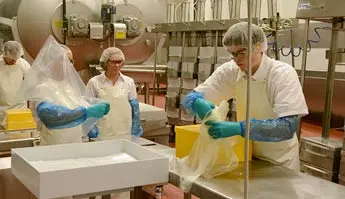 Basic HACCP Certification Course
Basic HACCP Certification Course
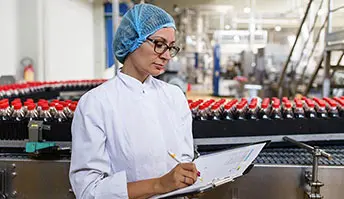 Basic HACCP Certification – Juice and Beverage
Basic HACCP Certification – Juice and Beverage
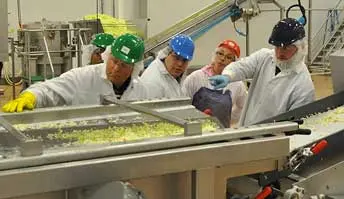 PCQI Training (Preventive Controls for Human Food) – Online Course
PCQI Training (Preventive Controls for Human Food) – Online Course
